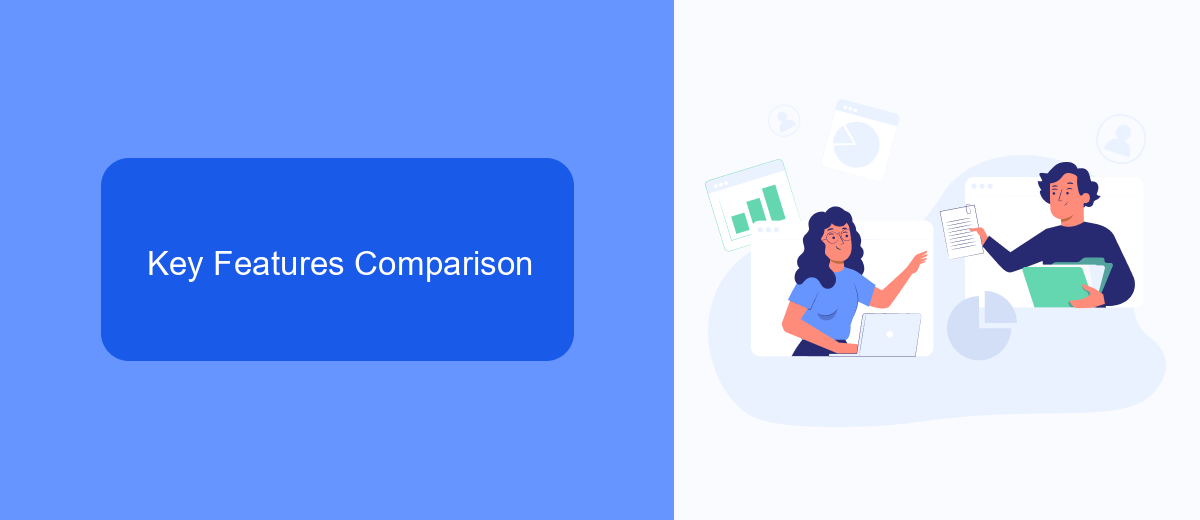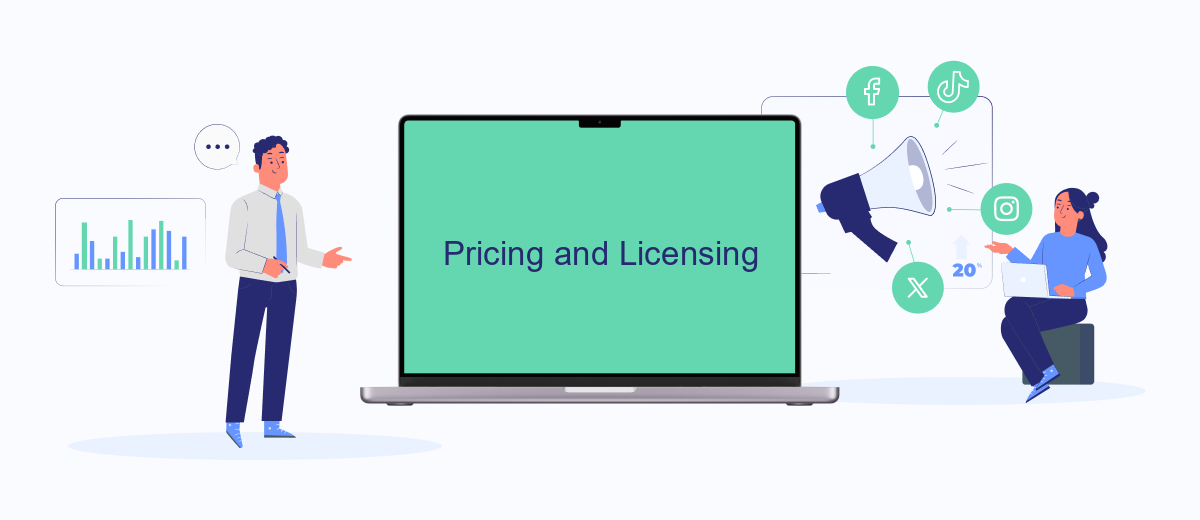In the rapidly evolving landscape of automation tools, Microsoft Power Automate and Flow stand out as powerful solutions for streamlining workflows and enhancing productivity. Both platforms offer unique features and capabilities, making it crucial to understand their differences and advantages. This article delves into a detailed comparison of Microsoft Power Automate and Flow, helping you choose the best tool for your automation needs.
Introduction
Microsoft Power Automate and Flow are two powerful tools designed to automate workflows and streamline business processes. While both platforms aim to improve productivity, they offer distinct features and capabilities that cater to different user needs. Understanding the key differences between these tools can help organizations choose the right solution for their specific requirements.
- Power Automate: A comprehensive automation platform that integrates with a wide range of Microsoft and third-party applications.
- Flow: A more simplified automation tool, often used for creating straightforward workflows and automations.
- SaveMyLeads: A service that facilitates seamless integration between various applications, making it easier to set up complex workflows.
Choosing between Microsoft Power Automate and Flow depends on several factors, including the complexity of the workflows, the level of integration required, and the specific use cases. By evaluating these aspects, businesses can leverage the right tool to enhance their operational efficiency and achieve their automation goals.
Key Features Comparison

Microsoft Power Automate and Flow both offer robust automation capabilities, but they have distinct key features that cater to different needs. Power Automate is part of the Microsoft Power Platform, providing extensive integration with other Microsoft services like Office 365, Dynamics 365, and Azure. It boasts advanced workflow automation, AI-driven insights, and RPA (Robotic Process Automation) capabilities, making it suitable for complex enterprise-level automation tasks.
Flow, on the other hand, is more streamlined and user-friendly, ideal for individual users or small teams looking to automate repetitive tasks quickly. It supports a wide range of third-party integrations, including popular services like Google Drive and Slack. For businesses looking to simplify their integration processes, services like SaveMyLeads can be invaluable. SaveMyLeads allows seamless integration with various CRM systems and marketing tools, enhancing the functionality of both Power Automate and Flow by enabling easy data transfer and synchronization.
Pricing and Licensing

When comparing Microsoft Power Automate and Flow, understanding their pricing and licensing structures is crucial for making an informed decision. Both platforms offer various plans to cater to different business needs and budgets.
- Microsoft Power Automate:
- Per user plan: /user/month
- Per flow plan: 0/flow/month
- Additional AI Builder capacity: 0/unit/month
- Flow:
- Standard plan: /user/month
- Premium plan: /user/month
- Enterprise plan: Custom pricing
Both Microsoft Power Automate and Flow offer flexible pricing plans to suit various organizational requirements. For businesses looking to streamline their workflow automation without extensive manual setup, integrating services like SaveMyLeads can be highly beneficial. SaveMyLeads offers seamless integration capabilities, simplifying the automation process and ensuring efficient data management across platforms.
Integration and Partnerships

Microsoft Power Automate and Flow both offer robust integration capabilities, allowing users to connect with a multitude of applications and services. These tools are designed to streamline workflows and automate repetitive tasks by integrating with various platforms.
One of the key strengths of Power Automate is its extensive library of connectors, which includes popular services like SharePoint, Dynamics 365, and Outlook. Flow, on the other hand, is a more user-friendly option, suitable for those who need to set up simple automation without extensive technical knowledge.
- Microsoft Power Automate: Over 300 connectors including Salesforce, Google Drive, and Dropbox.
- Flow: Simplified integration for basic services and applications.
- SaveMyLeads: Assists in setting up and managing integrations effortlessly.
Both tools also support custom APIs and webhooks, offering flexibility for developers to create tailored solutions. With the help of services like SaveMyLeads, businesses can further enhance their integration capabilities, ensuring seamless data flow across different platforms.
Use Cases and Examples
Microsoft Power Automate and Flow are powerful tools that enable users to automate workflows and integrate various services. Power Automate is widely used in business environments to streamline processes such as data entry, notifications, and approvals. For example, a company can use Power Automate to automatically send an email notification to a manager when a new lead is added to a CRM system, or to update a spreadsheet with sales data from multiple sources.
Flow, on the other hand, is often used for personal productivity and smaller-scale automation tasks. It allows users to create simple workflows that can automate routine tasks, such as saving email attachments to cloud storage or posting social media updates. Services like SaveMyLeads can further enhance these capabilities by providing pre-built integrations and simplifying the setup process. This makes it easier for users to connect different applications and services without needing extensive technical knowledge.
- Automate the work with leads from the Facebook advertising account
- Empower with integrations and instant transfer of leads
- Don't spend money on developers or integrators
- Save time by automating routine tasks
FAQ
What is the primary difference between Microsoft Power Automate and Microsoft Flow?
Can I use Power Automate to integrate with third-party applications?
Is Power Automate suitable for non-developers?
What are some common use cases for Power Automate?
Are there alternatives to Power Automate for workflow automation?
If you use Facebook Lead Ads, then you should know what it means to regularly download CSV files and transfer data to various support services. How many times a day do you check for new leads in your ad account? How often do you transfer data to a CRM system, task manager, email service or Google Sheets? Try using the SaveMyLeads online connector. This is a no-code tool with which anyone can set up integrations for Facebook. Spend just a few minutes and you will receive real-time notifications in the messenger about new leads. Another 5-10 minutes of work in SML, and the data from the FB advertising account will be automatically transferred to the CRM system or Email service. The SaveMyLeads system will do the routine work for you, and you will surely like it.

